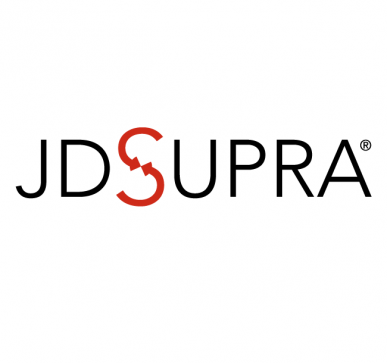Forensic accounting has been described as an “art and science” that investigates people and money. Forensic accountants are known for tracing funds (following the money), uncovering hidden assets and educating involved parties as to potential damages. In simple words, a forensic accountant will hunt until the money is found, make sure that money is applied to the right place, discover if money and/or assets have been hidden, or if funds or assets have landed in the lap of unintended recipients. This is why, (according to the Association of Certified Fraud Examiners – ACFE), forensic accountants are invaluable resources in the discovery and the resolution of the most common type of fraud – Asset Misappropriation. The ACFE also believes that close to 7% of an organization’s revenues can be lost to asset misappropriation. It has become a serious problem and a no win situation for all involved.
In an asset misappropriation, the perpetrator steals or misuses an organization’s belongings and resources; usually without force. Meaning, they are taken through trickery and deceit. Common asset misappropriation in a business is composed of cash and assets. Some examples are: stealing physical cash, performing fraudulent disbursements, inventory theft and misusage of assets (employees using company assets for their personal use).
The three circumstances in which most asset misappropriation occurs are:
Before the assets are recorded in the books/records of an entity (skimming).
While the assets are held in the entity (larceny).
During the process of purchasing goods and services (billing process, expense reimbursement and payroll frauds).
Asset misappropriation is usually detected through:
1. Tips or complaints
2. Internal controls
3. The perpetrator turning himself/herself in
4. Assessment of “red flags”
Typically asset misappropriation will produce certain detectable symptoms. Inconsistencies and deviations in accounting,
internal controls operations and behavior will produce “red flags”. Some examples of “red flags” are:
Missing, altered, or photocopied documents
Stale items on bank reconciliations
Increased or excessive past due accounts
Unexplained or confusing journal entries
Inaccuracies in the ledger accounts
Unexplained changes in financial statements
Internal Control Weaknesses
Lack of segregation of duties
Lack of physical safeguards
Lack of independent checks
Lack of proper authorization on documents and records
Overrides of existing internal controls
Inadequate accounting system
Company assets sold at less than market value
Excessive number of checking accounts
Frequent change of bank accounts
Use of several different banks
Significant downsizing during a healthy market
Unexpected overdrafts or declines in cash balance
Operating on a crisis basis
Insufficient capital
Dependence on only one or two products
Frequent changes in legal counsel
Frequent changes in executive management and directors
High employee turnover, especially in areas that are more vulnerable to fraud
Continuous rollover of loans
A compensation program that is out of proportion to profits
Unusual organizational structure
Problems with government regulators
According to the ACFE, 44% of perpetrators live beyond their means, 33% are experiencing financial difficulties and 22% have an “unusually close relationship” with a vendor or a customer.
An entity confronting asset misappropriation should re-evaluate its internal controls. A qualified forensic accountant can recommend internal control systems that will help deter and prevent fraud schemes, and assist with establishing control environments, accounting systems, control activities, and monitoring.
Don’t be a victim of your own making. Forensic accountants are specialists in demand due to their experience in investigation, detection, and quantification of losses. Consult now.
http://www.jdsupra.com/legalnews/asset-misappropriation-investigating-80380/





